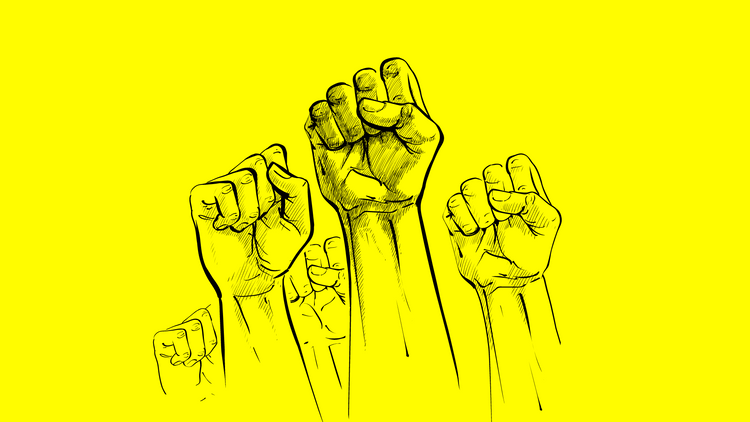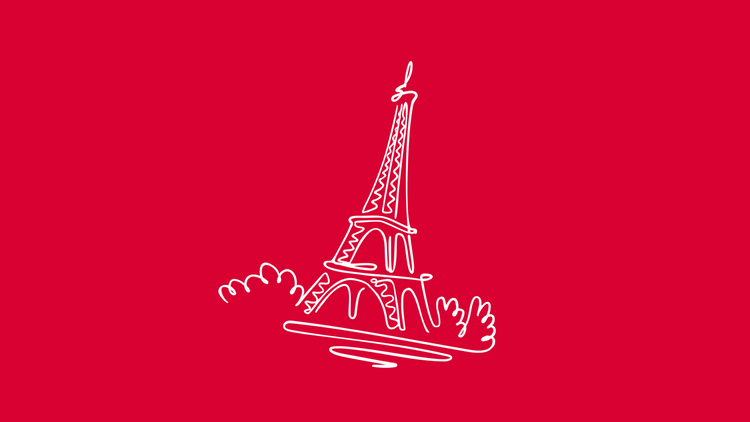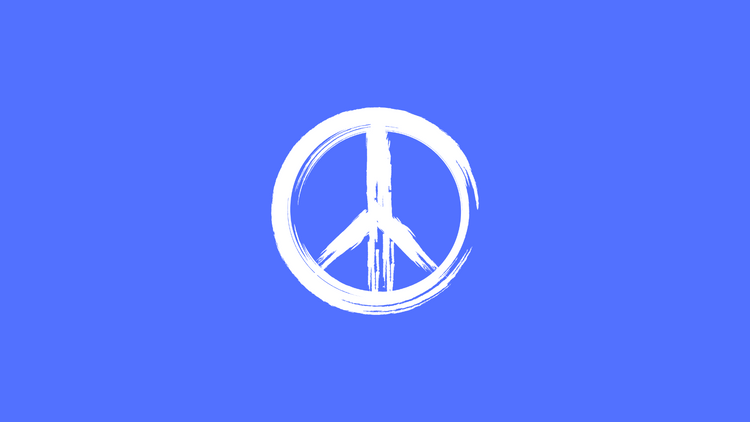Overlord
On June 6th, 1944, as 7000 ships and 156,00 men were heading to wage war against Germans on the French coast, Field Marshall Erwin Rommel - Germany's premier military commander and the person responsible for building the sixteen-hundred-mile Atlantic Wall to protect Fortress Europe - was hosting a birthday party hundreds of miles and a world away.
Rommel's boss, Hitler, slept through the Allied landing because his aides were too scared to wake him up. His twisted plan would be dead within a year.
As Germany's military and political leaders partied and slept, Allied forces were conducting the largest amphibious landing in history. In a note to the Allied Expeditionary Force under his command, General Eisenhower – only six months after taking over Overlord planning – described the scope of the undertaking:
You are about to embark upon the Great Crusade, toward which we have striven these many months. The eyes of the world are upon you ... Your task will not be an easy one. Your enemy is well trained, well equipped and battle-hardened. He will fight savagely.
War Planning
D-Day was a logistical, operational, and strategic inflection point in the war.
Less than a week after young men secured the French beachheads through unimaginable violence, 325,000 Allied troops and 50,000 vehicles had landed at Normandy. Two months later Allied forces liberated Paris.
The stories of D-Day's triumphs live in history, but how did such a large-scale victory happen?
The obvious factor – the thing we celebrate and honor – was incredible bravery and courage. As the doors slowly dropped on their landing craft, brothers, husbands, and neighbors became warriors. They fought through the waves, on the beaches, up the cliffs, and onto German-controlled lands.
For a young man from Iowa or Baltimore, or a small town in Canada or Britain, this would have been his first look at the vaunted German war machine.

Before those doors dropped, and before Ike could say, "We will sail tomorrow," American industry had to mobilize en-masse for a two-front war. It started from a significant deficit.
Historic build-up
In 1939, the American military – ranked thirty-ninth in the world by personnel and capacity – still used horses to pull its artillery. America's military would mushroom from 330,000 in 1939 to 12,000,000 by 1945.
By 1941, in response to Pearl Harbor and in anticipation for what would become Overlord, American industrial output – supercharge by the iron will and productivity of eight million women – was booming.
America launched more vessels in 1941 than Japan did throughout the entire war. Every 63 minutes, a B-24 Liberator long-range bomber rolled off the production line. 650,000 Americans worked in factories 24/7 to build the largest ship fleet in history.
Those ships launched for England – carrying men and material – and were ruthlessly hunted by Nazi Sharks, the only thing Churchill feared during the war.
As 1.5 million American troops massed in England for Overlord, the Allies had to manage the real, persistent threat of German reconnaissance and espionage.
The elaborate Allied deception scheme – double-cross spy networks, ghost armies, and a global network of freaks – convinced the Nazis that the D-Day landing would happen at Pas-de-Calais. Disinformation was one of the reasons Rommel was partying and Hitler was sleeping when the liberators reached the beaches of Normandy.
World War II – waged by brave men and women, at home and abroad – brought an end to Nazi Germany and Imperial Japan. It also sparked enormous advances in science, technology, industrial productivity, and social mobility.
In many ways, seventy-five years later, we are still feeding off its bounty.






